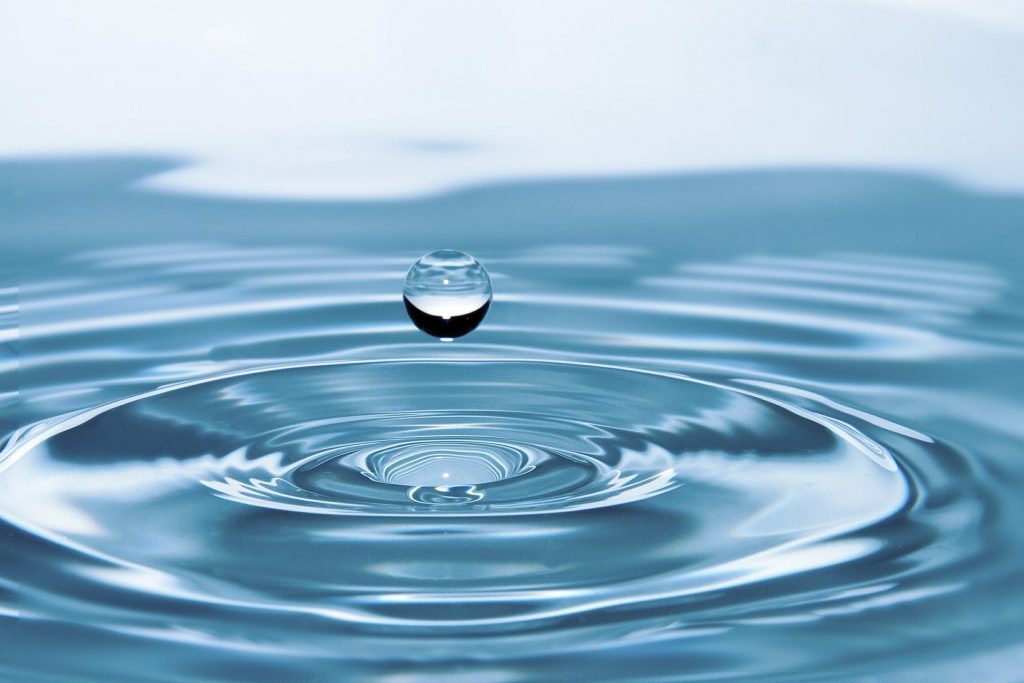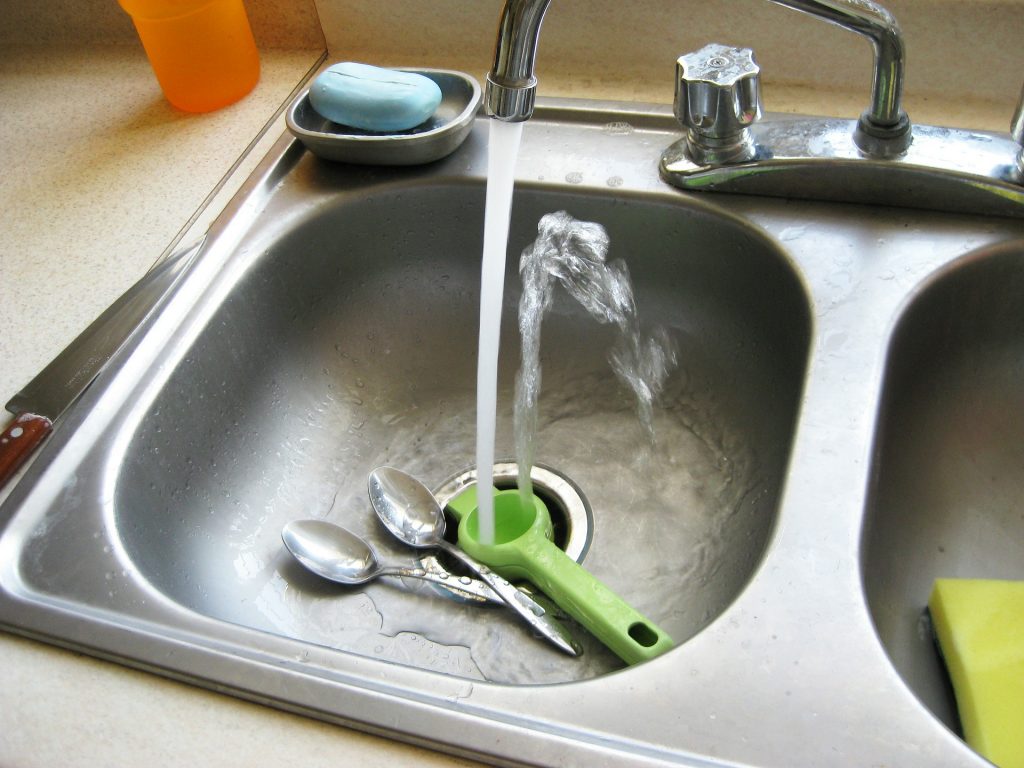Is your reverse osmosis tank not filling up? If yes, then the chances are high you are not getting enough water in your faucets. So, how do you troubleshoot the reverse osmosis system? That’s what we are about to find out in this guide. Keep reading to learn more.
Here are some of the questions we’ll answer today about reverse osmosis systems.
- How do reverse osmosis systems work
- What is a reverse osmosis tank and how does it work
- Why is your reverse osmosis tank not filling up
How do Reverse Osmosis Systems Work?
If well-maintained, a high-quality reverse osmosis system will remove any impurity in tap water, including chlorine and sediments. It achieves that by first pre-filtering water to remove large particles. The pre-filtered water then passes across a semipermeable membrane to eliminate dissolved solids.
After filtration, the purified water then moves into a storage tank where it’s kept until needed. At the same time, all the wastewater gets rerouted away from the delicate membrane into the drain. The reverse osmosis system will continue filtering more water until the storage tank fills up.
The good news is, most reverse osmosis systems have post-filters that polish the stored water before it comes out of your drinking water faucet. Polishing occurs at the system’s carbon filters to remove any lingering tastes and odors. Eventually, you’ll get the best-smelling and tasting water possible.
Some of the impurities that reverse osmosis can remove include:
- Arsenic
- Chlorine
- Pesticides
- Herbicides
- Sediments
- Dissolved minerals
- Volatile organic compounds (VOCs)
What is a Reverse Osmosis Tank and How Does it Work?

A reverse osmosis system filters water slowly, at the rate of approximately 2-3 ounces per minute. If water flows from your faucet at that rate, it will take at least five minutes to fill a glass of drinking water. With a storage tank, you can fill up the glass instantly.
What’s a Reverse Osmosis Tank?
A reverse osmosis tank is a pressure tank that collects water being purified by the reverse osmosis membrane. Since RO filtration is a slow process, it takes more time to push water molecules across the semipermeable membrane. So, the storage tank accumulates the purified water for immediate access.
The RO tank has an inner lining made of a material called butyl. This material prevents the stored purified water from getting into contact with the tank’s steel casing. Inside the tank, there’s pressurized air to pump water to your faucets. Reverse osmosis tanks are designed to fit the cabinet below your sink.
Reverse osmosis tanks come in various capacities, depending on the maximum volume of water they can hold. However, the capacity indicated by the manufacturer is usually higher than the tank’s actual capacity.
For example, a tank labeled 4 gallons doesn’t mean it holds the same volume of water. It can hold around 3 gallons of water, and the remaining volume occupied by air and metal bladder.
How a Reverse Osmosis Tank Works
As mentioned, reverse osmosis tanks use pressurized air to deliver purified water into your home’s faucets on demand. You don’t have to install a booster pump to facilitate water flow out of the system.
In every reverse osmosis tank, you’ll find two chambers; a water chamber and an air chamber, both separated by a bladder. However, the two chambers’ position usually changes depending on the size of the RO storage tank.
For smaller tanks with capacities of 1-10 gallons, the water chamber sits atop the air chamber. As RO tanks get bigger and bigger, the pressurized air chamber sits atop the water chamber. That helps to increase the pressure inside the tank through gravity.
So, how does the reverse osmosis tank work? When water from the RO system gets into the storage tank, it starts to compress air in the air chamber. As a result, the pressure inside the chamber will increase to propel water from the tank to your faucets.
An RO tank doesn’t require an electric pump to work. However, if the tank didn’t have a pressurized air chamber, water would fill up the tank but wouldn’t move to the faucets. In that case, you would have to install a delivery pump to pump water out of the tank.
Why is Your Reverse Osmosis Tank Not Filling Up?
If your reverse osmosis storage tank is not filling up, there’s always an underlying issue with the system’s pressure. Here are the possible reasons your reverse osmosis tank is not filling up.
- Low Water Pressure and Supply
For a reverse osmosis system to work efficiently, it requires a pressure of at least 40 pounds per square inch. If the water pressure inside the RO system is too low, the semipermeable membrane will not filter much water. In that case, you might have to install a delivery or booster pump to increase the system’s efficiency.
You also have to check if the water supply valve is fully open. If clogged or partially open, the reverse osmosis system cannot build up enough pressure to work efficiently.
Eventually, check the system’s water supply lines to ensure that they are in the right condition. If bent or kinked, the lines will prevent water from flowing into the tank.
- Pressure Imbalance in the RO Tank
Empty reverse osmosis tanks need to have a pressure of 8 pounds per square inch. If the pressure inside the tank is too low, the water stored in the RO tank won’t flow out into the faucets. Conversely, if the tank pressure is too high, water flowing from the filters won’t enter the RO tank.
To check the tank’s pressure, you need to turn off the system’s feed water supply and drain all the water in the tank. Measure the amount of air pressure in the tank using a pressure gauge.
If the pressure inside the tank is too low, you can re-pressurize it using a bicycle pump. That’s because the air valve on the RO tank is the same as the on a bicycle’s tire, known as the Schroeder valve. However, before you re-pressurize the tank, you have to drain out all the water.
Once you’ve drained the tank, pump air into the storage tank until 8 pounds per square inch, which is the recommended pre-charge pressure for most RO tanks. As you pump in air, use the pressure gauge to monitor the pressure. Otherwise, you might over-pressurize the tank.
- Clogged Filters
Clogged filters can also reduce the flow of water into the reverse osmosis system. To solve this problem, you need to replace the filters. Turn off the water supply valve to prevent more water from flowing into the system. Also, open the RO faucet to drain all the water. Unscrew the filter housings and replace the old filters with new ones. You can now screw back the filter housings.
Once you’ve replaced both the pre- and post-filters, close the faucet and turn on the water supply valve. Wait for about three hours and check if there’s enough water flowing out of your faucets. If not, you’ll have to replace the system’s delicate membrane. Replace the filters regularly to avoid damage to the membrane.
- Clogged RO Membrane
When the RO membrane gets clogged or damaged, little or no water will flow into the storage tank. You’ll have to replace the membrane to refill the tank quickly. To do that, close the water supply valve and open the system’s faucet to drain all the water.
After draining the RO tank, unscrew the RO membrane housing and gently remove the RO membrane. Wash the housing’s inside using soap and warm water. Remember to rinse it thoroughly with warm, clean water. Insert a new RO membrane into the rinsed housing and position it back on the filtration unit.
Pro Tip: Put on clean rubber gloves when handling a new RO membrane to avoid contamination. Your hands might have bacteria that could contaminate the delicate filter membrane.
After replacing the RO membrane and repositioning it on the RO system, open the water supply valve. Allow the tank to fill up and rest for about eight hours. Open your faucet to drain all the water in the storage tank. Notably, that helps to wash away all the impurities used to preserve the new membrane.
After draining the tank, close the faucet and wait for the tank to refill. The purified water will now be readily available for drinking.
- High Water Usage
If the rate of water consumption is higher than the rate of water production by the RO system, your RO tank will always be empty. Besides, the water pressure inside the tank tends to decrease as the tank empties. So, you have to wait for a few hours for the tank to fill up and use the water sparingly. Most RO models take around four hours to filter two gallons of water.
Final Words
Is your reverse osmosis tank not filling up? Just follow all the guidelines mentioned in this guide to restore your RO system’s water supplies. Ensure that there’s enough water pressure to pump water across the filtration unit. Also, monitor the pressure inside your RO tank to ensure that it’s neither too high nor too low. Finally, replace the system’s filters regularly to prevent damage to the delicate RO membrane.
[related_posts_by_tax posts_per_page="3" format="thumbnails" image_size="medium"]









